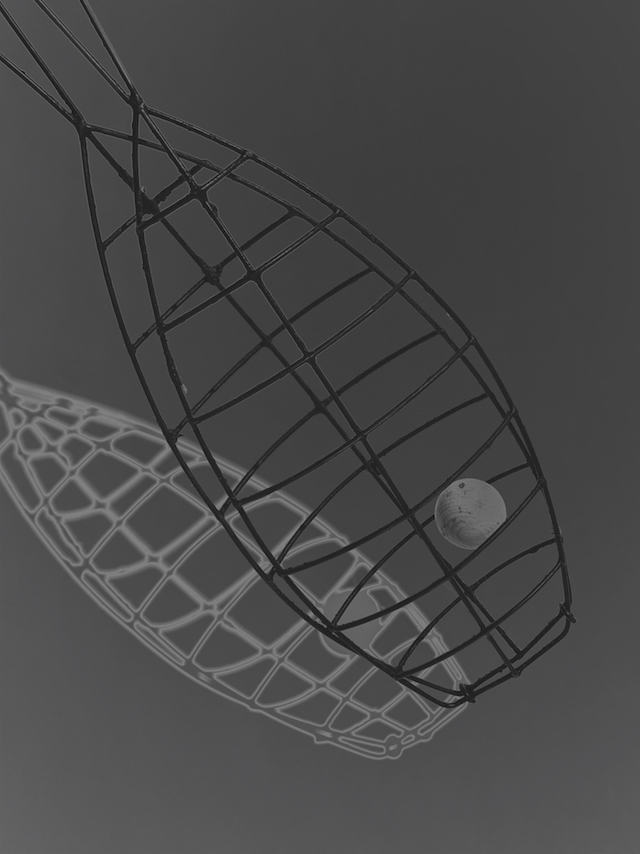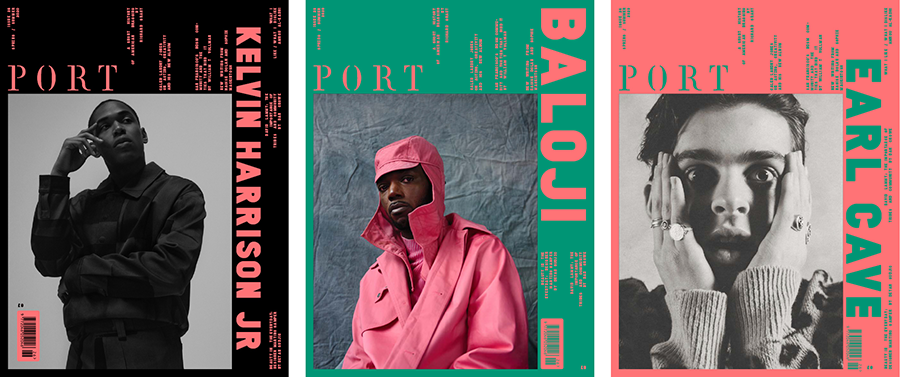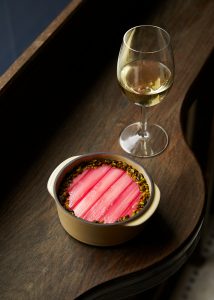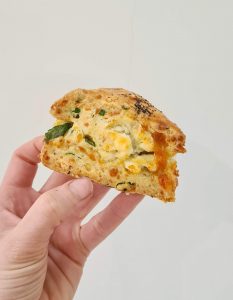The beauty of cooking fresh fish over an open fire

I’m from Anglesey, a small island off the north of Wales. Generally, when you’re young, you start working in little restaurants and bars on the seafront, so I’ve been exposed to fresh fish and shellfish from a really young age. You don’t really think there’s a future in it, so go off to study. When I was at Cardiff University, studying politics and history, I was also cooking part-time in a French restaurant called Le Gallois. Around that time I realised that’s what I really wanted to do, so I threw myself into cooking as much as I could.
I moved to London and worked at the River Café, and then at Noma. I always felt that I wanted to cook over fire. I had a summer residency at Climpson’s Arch in London Fields, and we cooked over these big amazing fires; there were ever-changing menus. I really went for it; I wanted to hone that skill. When you’re cooking from an archway in Hackney there aren’t so many financial pressures, so it’s a really fantastic opportunity to try different things, just seeing the interaction between the fire and the fresh ingredients.
Then I worked at Kitty Fisher’s in Mayfair. It was really quite successful, but it threw me in at the deep end. What I really wanted was to go back to east London, and in order to do that I had to open my own restaurant. Brat feels like a middle ground between the archway and a restaurant like Kitty Fisher’s – it’s reminiscent of an English pub and an old Georgian building. It has a lot of texture and character to it. The energy and creativity is very exciting in this part of London; I feel very connected to this area.
With fire, it’s a primitive approach. You’re in more contact with the produce because you do very little to it. One of the farmers I source from, Calixta Killander, is very inspiring. She’s looking back; using old traditional methods. To be forward-thinking you have to look backwards; you have to look at the old ways of farming that were lost after the war. I take a similar approach with my cooking, looking at very old methods.
In Getaria, in the Basque Country, the cage is their preferred method to cook fish. The cages hang outside people’s houses – it’s an amazing sight. I’ve really drawn from their way of cooking. What I learnt is, buy well and don’t ruin it. It sounds simple but it’s really hard to do. Their cooking method is very different – they do this slow grilling method on a low heat; it’s a slow roasting and delicate way of grilling, rather than a ‘macho’ way. It’s a gentle method.
At Brat, I want it to feel like a Basque restaurant, so I thought one of the ways to achieve this would be to apply their principles – they get their friends to make the fish cages… to make their grills, their chairs. So, I decided, if I apply this method, the restaurant’s character would build up naturally. One of my good friends in Somerset works with metal, so I asked him to make the cage. It took six months of back and forth, because of the smallest details; they have to be correct – if the cage is too big, the fish falls out, or too small and they don’t get enough char. It was worth the effort.
We often go back to the Basque Country; we chat with fishermen and try new dishes – it refreshes everyone’s focus. It also gives you confidence that it’s OK to serve a plate of tomatoes. In London people are constantly telling you that you have to reinvent the wheel, and you forget the reality of food.
It’s rewarding to know that when you get a concept in your head and work at it, people then really enjoy it. We’re lucky that people in London are very open now; they’re into weird cuts of fish, or eat whole fish on the bone. This wouldn’t have happened 10 or 15 years ago. We’ve come a long way – people enjoy sharing plates and getting stuck in.
As told to Sonia Zhuravlyova
Photography William Bunce
Creative direction and styling Paulina Piipponen

This article is taken from issue 26. To buy the issue or subscribe, click here




